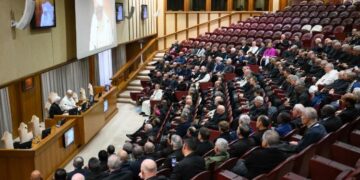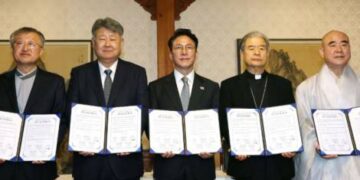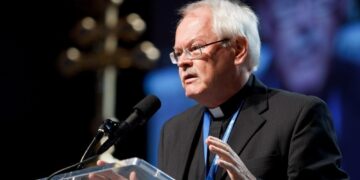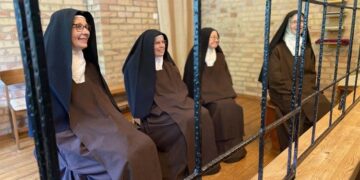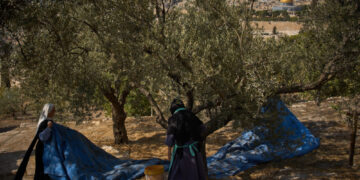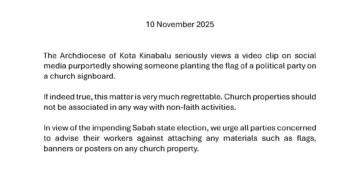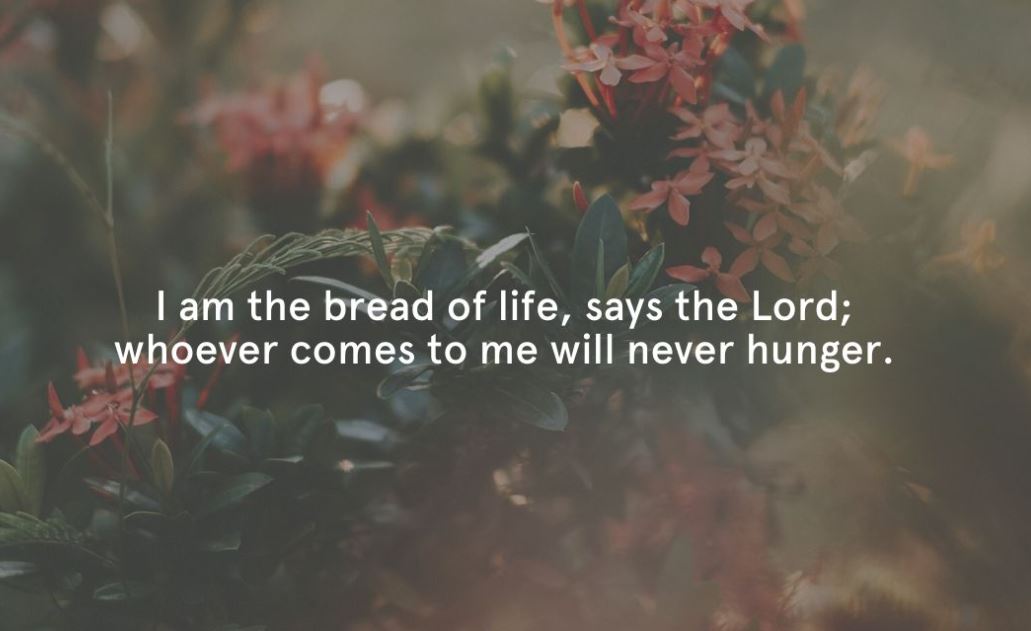
By Margaret Hebblethwaite
There is no theological topic that has aroused more heated feelings than the virginity of Jesus’ mother, so out of cowardice I have delayed writing about it until now. But does this topic merit arousing such passions?
In a second-century text, the Protevangelium Jacobi, a woman who questioned whether Jesus could have been born while his mother’s hymen remained intact, had her exploratory hand consumed by fire. Retreating from her attempted virginity test she cried out in penitence, “I’ll be damned because of my transgression and disbelief! I have put the living God on trial!” There had been an intense light, according to the Protevangelium, and when it receded a baby was visible. But no one any longer thinks, as they once did, that the “virgin birth” means that Jesus was born through a sort of spiritualised caesarean section.
There is indeed a long tradition, confirmed in many doctrinal statements, that Mariam (to call her by her Greek New Testament name) was “ever virgin” – “before the birth, in the birth and after the birth”. But even in the thirteenth century, Thomas Aquinas had to argue that virginity is not defined by an intact hymen. Referring to it discreetly, he said: “If the organ lose its integrity by chance in some other way, this is no more prejudicial to virginity than damage to a hand or foot.” We now regard “virgin birth” as something of a misnomer for “virginal conception” – the term used by Catholic scripture scholar Raymond Brown, and by John McHugh in The Mother of Jesus in the New Testament (where more than one third of his 500-plus pages are devoted to “The Virginity of Mary”, which seems excessive).
In the sixteenth-century the youthful Ignatius of Loyola (yes, the saint!) contemplated murdering a “Moor” – the term used at the time for Muslims – who did not believe Jesus’ mother remained a virgin after giving birth, even though he accepted that she had conceived without a man. His life was only saved because Ignatius’ mule spontaneously took a different road. Yet the view that Mariam and Joseph had normal sexual relations after the birth of Jesus is held by many, if not most, Protestants today, citing Matthew 1:25, that Joseph “had no marital relations with her until she had borne a son”, and the several references to Jesus having brothers and sisters. Of the Reformers, Martin Luther accepted the perpetual virginity, but John Calvin thought it unnecessary. Nowadays, we no longer hear Catholics taking Protestants to task for not accepting the perpetual virginity, let alone trying to murder them for insulting Mariam’s honour.
In 1987, scripture professor (and former nun) Jane Schaberg’s The Illegitimacy of Jesus floated the idea that the gospel traditions were “originally about an illegitimate conception and not about a miraculous virginal conception”. Mariam might have conceived without sin on her part, for example through a rape, and “at the pre-gospel stage, this illegitimate conception had already been understood theologically as due in some unexplained way to the power of the Holy Spirit”. In the furious response to her book, Schaberg had her car set on fire with a lit rag in the petrol tank.
It is understandable that the suggestion that Jesus could have been conceived through a rape came as a shock, but the protesters’ implication that an innocent mother or an innocent child is besmirched by rape is disturbing. Marianne Sawicki, in Crossing Galilee, points out that “the virgin does not lose the value of virginity when she is the victim of violence. In Christian tradition, victims of persecution who were routinely and legally raped by the Romans before being murdered have been acclaimed as virgin martyrs for 20 centuries. The doctrine of the virgin birth of Jesus is not a gynecological doctrine.” St Lucy, commemorated in the First Eucharistic Prayer, was sent to a brothel but is honoured as a virgin martyr.
Third-century Origen said that the theory that Jesus was born of adultery could not be true, “for the offspring of such impure intercourse must rather have been some stupid man who would harm men by teaching licentiousness, unrighteousness and other evils”. Today we find such a view of the worthlessness and depravity of illegitimate children profoundly wrong and deeply unchristian.
The Anglican priest and scientist Arthur Peacocke published an essay, “DNA of our DNA”, arguing that a virginal conception was impossible because even if parthenogenesis could be found in the human species the resulting child would have to be female, as the Y chromosome can only be contributed by the sperm. He completed his case with an enormous non sequitur: to be fully human Jesus had “to have a human father as well as a human mother and the weight of the historical evidence strongly indicates that this was so – and that it was probably Joseph”. But both Matthew and Luke are clear that Joseph was not the father. “Jesus was the son (as was thought) of Joseph” (Luke 3:23). “Before they lived together, she was found to be with child from the Holy Spirit. Her husband Joseph, being a righteous man and unwilling to expose her to public disgrace, planned to dismiss her quietly” (Matthew 1:18-19). With the decline of the stigma of illegitimacy and the massive cultural changes surrounding how we talk about sexual behaviour, do Christians still conclude that there are only two possibilities: either Joseph was the father or there was no sperm?
I sympathise with the woman who wrote to Elizabeth A. Johnson, author of Truly Our Sister: “Mary’s sex life is her own business. She, like all of us, needs some privacy.” But it is not so easy to stop talking about it, for the “Virgin Mary” is here to stay. That Jesus was “born of the Virgin Mary” has been in the creeds since the earliest centuries. For Spanish-speaking Catholics, her standard name is la Virgen.
A temptingly simple argument for the virginal conception is to view it as Christological, in the sense of making Jesus Son of God, because God supplied the seed that would ordinarily be given by a human father. However, the Church’s highest authorities say this is incorrect. “God does not become the biological father of Jesus,” writes Joseph Ratzinger (later Pope Benedict XVI) in Introduction to Christianity. It would make Jesus a hybrid, as a mule is half donkey, half horse, and that is not the one-person-two-natures doctrine defined at the Council of Chalcedon. Ratzinger explains: “The Sonship of Jesus does not rest on the fact that Jesus had no human father; the doctrine of Jesus’ divinity would not be affected if Jesus had been the product of a normal marriage. For the Sonship of which faith speaks is not a biological but an ontological fact, an event not in time but in God’s eternity.”
Another approach is to go back to the biblical roots. Matthew refers to Isaiah’s prophecy in Greek, “The virgin (παρθένος, parthenos) shall conceive and bear a son.” In Greek vocabulary, parthenos was the appropriate term for a girl of around 13, denoting a girl who was pubescent but not yet married, at which point she is called a γυνὴ (gynē), wife or woman. There was precedent for the Greeks talking of a “virgin birth” (birth to a parthenos), meaning the birth of a child to an unmarried mother. The clearest meaning of calling Mariam a parthenos is that she was a very young girl when these momentous events began to happen to her, of an age when a girl could be assumed to be sexually uninitiated.
I have seen the positive role of the Virgin in keeping men in check, and been moved to see tough campesino men in rural Paraguay, where I have a home, showing immense devotion to the statue of Santa María, carrying her through the streets. Here is a beautiful young woman who rules their hearts, and who in no manner can they sexually exploit, nor even desire to. If they can respond to one woman this way, she can be a model for their behaviour towards other women. But does the Virgin have a similar exemplary role for women – giving them an aspiration to preserve their virginity and resist the pressure of male exploitation? I have not seen that.
If we look back at the history of doctrinal statements, we find that Mariam’s virginity is always paired with the idea of moral purity. Basil the Great, the fourth-century Bishop of Caesarea, wrote that “the Holy Virgin, since she became the mother of Emmanuel without being impregnated with seed, is pure, and holy and undefiled”. St Augustine, whose life overlapped with Basil’s, wrote that “the desires of the flesh over which even marriage is ashamed” are an evil, only to be tolerated “since without that evil one cannot realise the good of marriage, that is, the procreation of children”. According to Pope Martin I’s Lateran Council of AD 649, Mariam was “ever virgin and immaculate”, and the two adjectives have been paired together ever since. (Though of course the term “Immaculate Conception” refers to the conception of Mariam, not of Jesus.)
What do we do with the idea of Mariam’s immaculate virginity in a world where sexual relations are no longer seen as bringing a stain; where brides are no longer expected to be virgins; and where the stigma of illegitimacy, with babies wrenched forever from the arms of their mothers, shocks us far more than the illicit sex that led to the pregnancy? In practice what we do is to stop thinking about it, and we mouth “ever virgin” as a formula, comforting for its familiarity rather than for its content.
Perhaps we need to escape from the biological thickets of virginity, given that these physical details have varied over time. Is a virgin a pubescent teenager pre-marriage? Is a virgin a woman with an unbroken hymen? Is a virgin a woman who has never been penetrated? Does it matter, if the root meaning in Christian doctrine is one of moral purity?
Mariam’s virginity as moral purity is interestingly echoed in a new way by modern feminist theologians who turn to the idea of the virgin forest. Tina Beattie has highlighted its rich associations in an interview for a Polish magazine: “I go back to early and medieval texts and art, and what I discover there is this potent power of nature … It’s not really about sexual abstinence in the earliest writings. It’s the way today we would talk about the virgin forest or the virgin ocean. It means the power of nature that has not been controlled and dominated by men.”
Sara Maitland, in her novel Virgin Territory, writes: “The virgin forest is not barren or unfertilised, but rather a place that is specially fruitful and has multiplied because it has taken life into itself and transformed it, giving birth naturally and taking dead things back to be recycled. It is virgin because it is unexploited, not in man’s control.” The idea is also found in Sarah Boss’s book, Empress and Handmaid: “The virgin forest is uncultivated by humanity and abundantly fruitful in itself. The fecundity of God’s activity is thus not imposed on Mary, but springs up within and as a part of her, so that her desire, her conception, her gestation and childbearing are radically her own at the same time as being divine. Mary is, as it were, an icon of freedom from domination.”
Virginity as freedom from domination lies behind the life choice made by nuns from the fourth century up to the present day, not out of a disgust for sex but for the freedom from having their lives swallowed up in the inescapable and exhausting cycle of childbearing and wifely duties. Motherhood, however wonderful, is not the only vocation a woman might aspire to. Independence from a husband signified freedom to do something else with their life in the service of God. Elizabeth Johnson (herself a religious sister) points out how “women had to struggle for the right to be virgins”. And she continues: “Mary’s virginity functions as a symbol of autonomy, signalling that a woman is not defined by her relationship with a man.” When Mariam makes her bold claim to be God’s doulē (δούλη, literally “slave”, Luke 1:38) – a title usually attached to important male prophets and apostles, like Abraham, Moses, and St Paul – she was implying a certain independence from her future husband.
The Indonesian writer Marianne Katoppo, who comes not from a Catholic but a Presbyterian background, has also interpreted virginity as independence, in her Compassionate and Free: “In woman’s theology, ‘virgin’ can be the symbol for the autonomy of woman … Thinking of Mary, I do not exult in her supposed purity, for that is too narrow a perspective which does her no justice. I see her in the wider context of love and self-giving. I admire and appreciate her sensitivity to social injustices and the readiness to take moral risks for the sake of a needed social change.”
When we talk of the “ever virgin Mary”, we need to explore new approaches like these, seeing Mariam as a symbol for women’s unexploited creativity and a pioneer for women’s independence in the service of God. The prophetic Mariam of the Magnificat, proclaiming the overthrow of the existing social order, has become a mother in a way that is revolutionary. And it is the direct result of the Holy Spirit coming down upon her, and the power of the Most High overshadowing her. – The Tablet
Margaret Hebblethwaite is writing a book about the women in the gospels.


